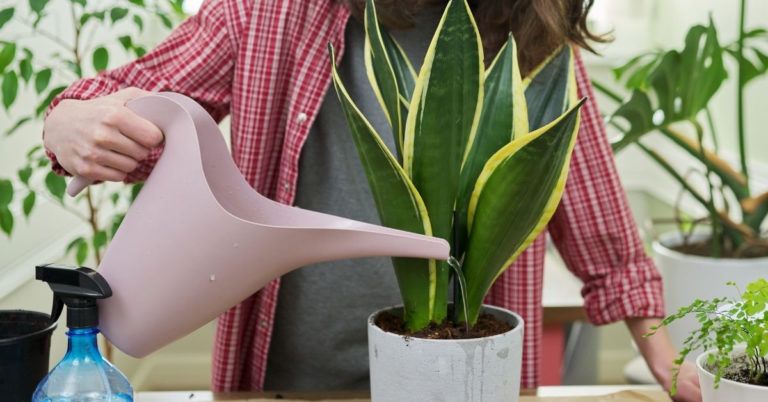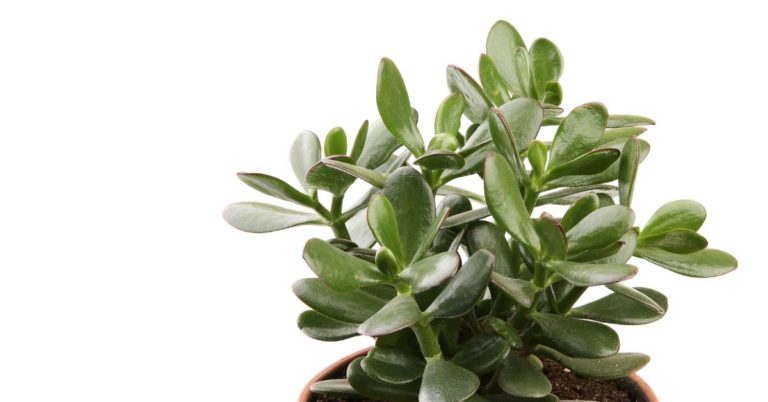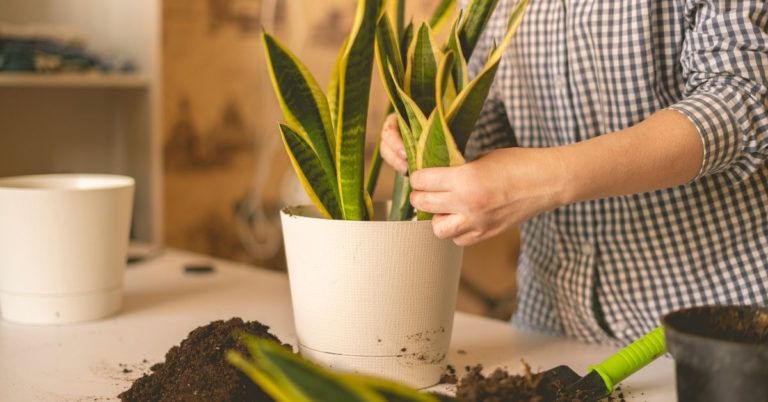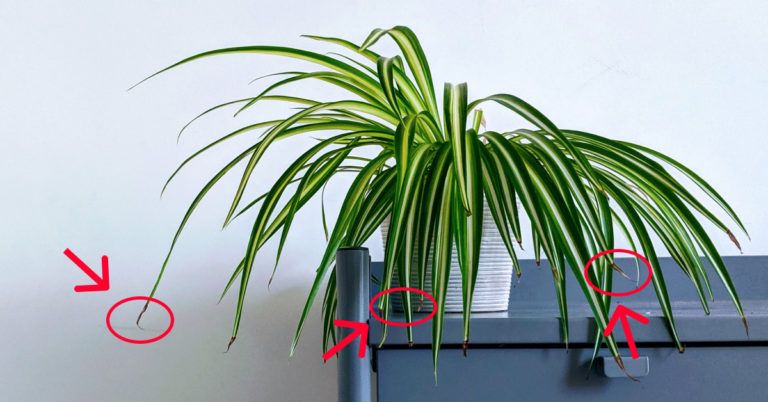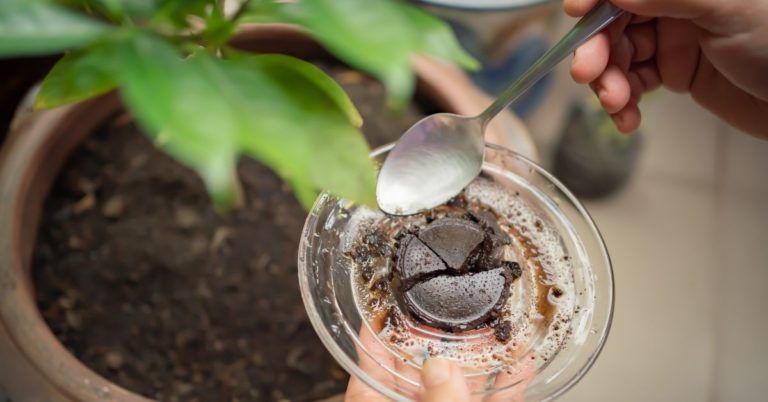Is Ash Good for Plants? (Discussed)
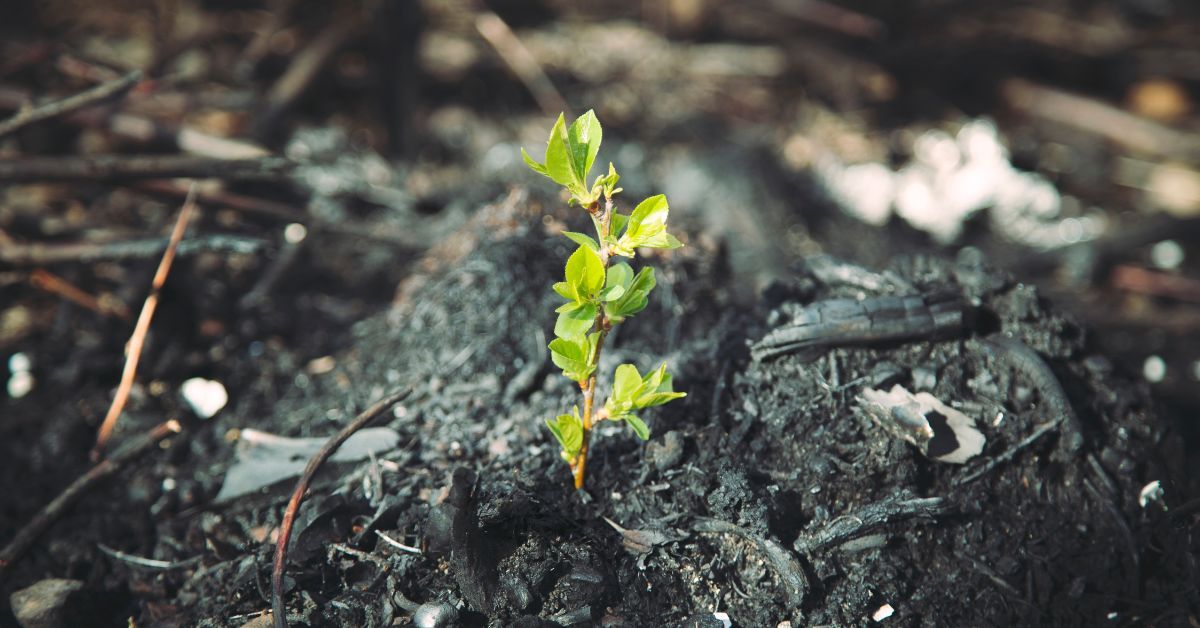
Have you ever heard of using ash for plants?
Maybe you wonder why people do this to their beloved plants.
So, is ash good for plants? Yes, ash is good for plants in a certain way.
You may consider giving ash to your plants and finding out how to do it right.
Not only that, but you also need to know what kind of ash is good for your plants.
It’s because not all plants like having ash in their potting mix.
So keep reading this article to satisfy your curiosity!
Is ash bad for plants?
It depends. Ash can be useful for plants if the type of ash and the amount given to the plants are suitable.
Thus, excessive amounts of ash given to your plants can harm them.
It’s because ash can increase the pH of soil.
So, you need to know the pH of your soil or potting mix before adding ash.
Find out the pH by first testing the soil in the lab, or you can use a pH meter.
And the pH scale is up to 14 points.
If your soil pH is 7, then it is neutral.
If it’s below 7, then your soil is acidic.
Your soil is alkaline if it’s above 7.
Therefore, if your soil pH is above 6.5, you should not give ash to your plants.
It is because alkaline soil causes macronutrients to be less available to plants.
The beneficial effect of using ash is pest control.
The salty wood ash kills the annoying pests.
Thus, what pests can be eradicated?
Ash can be used for eradicating snails and some invertebrate animals as well.
But be cautious not to use ash from painted wood, cardboard, pressure-treated wood, charcoal, coal,
and fake fireplace wood.
It is because they contain chemicals that can damage your plants.
Can ash be Used as fertilizer?
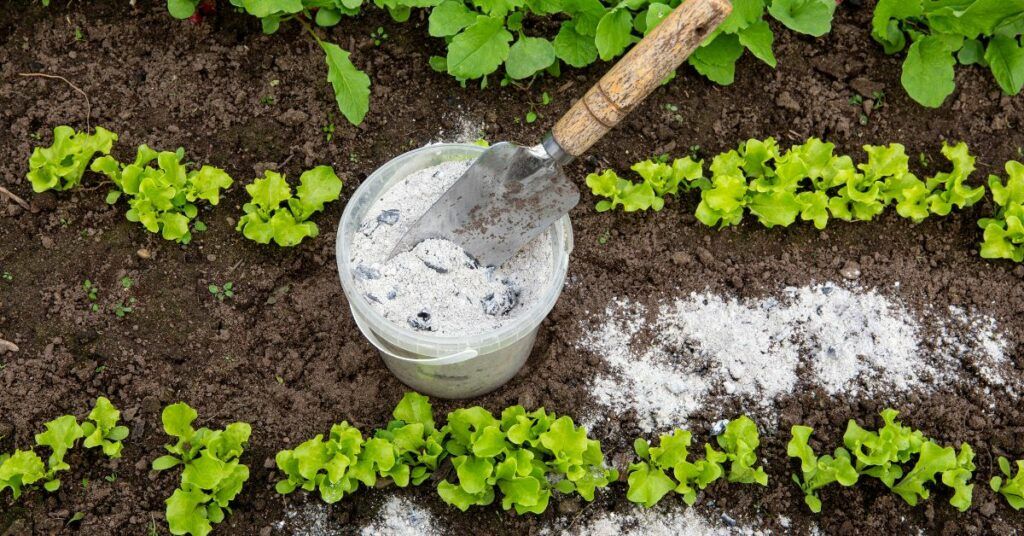
Yes, ash can be used as fertilizer because wood ash is a source of potassium, calcium, magnesium,
phosphorus and lime.
Those substances can speed up the decomposition of organic matter, add nutrients to the soil, and reduce soil acidity.
However, ash produces salt and alkali when applied to wet soil.
So, putting too much wood ash on your plants can burn them.
And you need to mix the ash with compost or manure.
Such practice can make the salt and lye more soluble.
One good thing is that not all wood ash has the same good nutrition as plant fertilizer.
It is high in nutrients and minerals if the ash comes from burning hardwood, such as maple, oak, sycamore, hickory, apple, cherry, or walnut.
Why is hardwood ash more nutritious? because the result of burning wood is longer and hotter.
Wood ash from softwoods, such as spruce or pine wood, has fewer nutrients and minerals.
Then how do you use ash in your garden?
You can sprinkle a little ash on your plants to mix it with manure or compost.
There are several ash treatments for your plants, depending on their purpose.
First, you can use wood ash as pest control.
Then you need to sow around the base of vulnerable plants that have been found to have pests.
After that, you add a little compost or manure on top.
And make sure the ashes stay dry.
Wet ash will reduce its salt and become less potent in killing pests.
As we know, the function of salt is to eradicate pests.
So if the ashes are already wet, then add more ashes.
Second, you may use the ashes as fertilizer.
An excellent way to do it is to sprinkle a little ash on compost or manure.
After that, mix them thoroughly or combine them on the top layers.
In addition, you can also spread a thin layer of wood ash on the grass.
Grass requires a nutrient content of potassium and lime, as much as 10-15 pounds of ash per 1000 square feet.
Third, you can use ash to bring the pH of the compost to a neutral level.
The way to do it is to apply a bit of dry ash to a bucket of water.
Then use the water to water the plants during the growing season to provide nutrients.
Fourth, you can change the pH of the soil using wood ash.
Wood ash can raise the pH to become alkaline and reduce the acidity in the soil.
But don’t use wood ash on plants that like acidic soil.
Plants that do not like ash are rhododendrons, strawberries, camellias, parsley, potatoes, holly, blueberries, azaleas, gardenias, pierises, Australian native plants, and ericas.
On the other hand, plants that welcome ash are citrus trees, lavender, roses, asparagus, onions, hydrangeas, lettuces, garlic, chives, and stone fruit trees.
These plants like alkaline soil and are suitable for sprinkling wood ash.
Conclusion
Applying ash to your plants can be beneficial.
However, it would be advantageous if you knew the type of ash you would use, its functions and benefits, how to use it, and which plants can and cannot be exposed to wood ash.
Wood ash is suitable for your plants if the ash’s source and the amount used are correct.
But wood ash can be disastrous for your plants if it’s overdosed, doesn’t match the pH of the soil, or comes from a chemical source.
Still, ash can be used as a fertilizer because it has many nutrients and minerals that plants need.
Then you can use the ash for your plants by sprinkling it lightly and mixing it with manure or compost.
Have you ever applied ash to your plants? Please share your experience!
